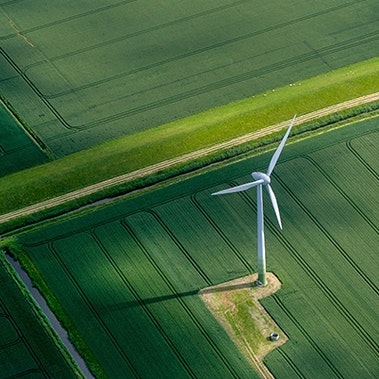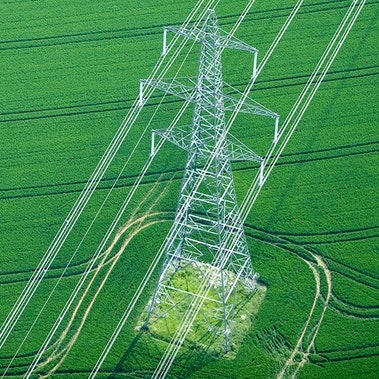Climate awareness is increasing rapidly around the globe. Environmental regulatory frameworks are being adopted and social trends are developing towards climate-friendly consumption. In line with the changing needs and demands of stakeholders on products and businesses as well as government agendas, companies are actively seeking to reduce their carbon footprint. The accelerating transformation to a carbon-neutral industry provides utilities with the opportunity to play a key role in lowering carbon emissions and profit from new business fields. Thirty-four percent of all energy-related carbon emissions, the main driver of climate change, are caused by industrial processes. Within those, seven sectors (iron and steel, chemical and petrochemical, non-metallic minerals, non-ferrous metals, machinery, food and tobacco, and paper pulp and printing) account for more than 85 percent of the industry’s global carbon emissions. To achieve reductions and help industrial players reduce their carbon emissions we have identified four technology clusters utilities can address.
In energy intensive industries, the share of carbon-related social media posts has more than tripled from 2017 to 2019
Bridge Technology covers biomass for heat generation, a technology that is of high importance in the short-term in most sectors. However, business models are only attractive in the long term in selected sectors. Since utilities already use co-firing of biomass in their own combined heating plants, they are well-positioned to implement this fuel switch also at industrial players. Besides, utilities can add value to the construction, supply, and operation phases of biomass heat generation plants.
Power autonomy has very high short- and long-term potential, due to a continuous shift towards decentralized zero-carbon electricity generation and therefore can be referred to as a main element of Core Technology. Utilities can leverage their knowledge from conventional and renewable power generation and grid operation to set up low carbon/renewable energy projects and services. Offering entire solutions consisting of intelligent software, renewable generation assets and batteries increases the value-add utilities can offer their industrial customers.
Niche Technology includes electrification of heat, waste heat recovery, and system integration. They have a high priority in selected sectors where utilities must provide highly diversified solutions for industrial clients. Operating heating networks are likely to emerge as a profitable business model for utilities, where large scaling distributes recovered heat within industrial parks and towards households can be achieved. Additionally, utilities can speed up the establishment of electrification of heat by providing zero-carbon electricity and load management solutions.
Hydrogen and carbon capture, utilization, and storage (CCU/S) have the highest emission reduction potential in the long-run. Targeting the most energy-intensive sectors, these Next Generation Technologies are likely to play a major role in several industries’ path to carbon neutrality. Utilities can leverage competitive advantages and scaling effects by generating hydrogen with zero-carbon electricity and by providing hydrogen infrastructures. Given the predicted high importance of CCU/S in certain sectors, the early establishment of partnerships for storing and transporting CO₂ is key for utilities.
These playing fields result in various specific and overarching business models that give rise to new roles for utilities. This report outlines how utilities can develop a suitable approach to support the wider industry’s path to a carbon-neutral future.





